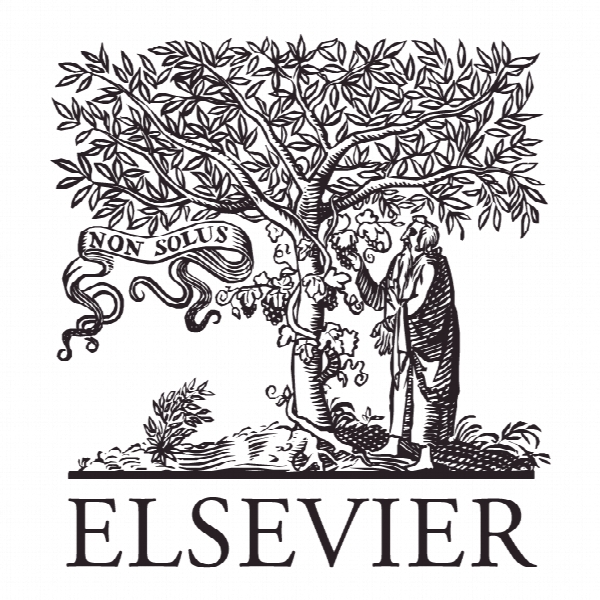پاسخ های سازمانی به عدم قطعیت در صنعت خطوط هوایی: تغییرات در الگوهای شبکه های ارتباطی Organizational responses to uncertainty in the airline industry: Changes in patterns of communication networks
- نوع فایل : کتاب
- زبان : انگلیسی
- ناشر : Elsevier
- چاپ و سال / کشور: 2017
توضیحات
رشته های مرتبط علوم فنون هوایی
مجله مدیریت حمل و نقل هوایی – Journal of Air Transport Management
دانشگاه دانشکده مدیریت و روابط کار، راتگرز، نیوبرانزویک، ایالات متحده آمریکا
نشریه نشریه الزویر
مجله مدیریت حمل و نقل هوایی – Journal of Air Transport Management
دانشگاه دانشکده مدیریت و روابط کار، راتگرز، نیوبرانزویک، ایالات متحده آمریکا
نشریه نشریه الزویر
Description
1. Introduction Changing environmental conditions often present challenges for organizational performance, particularly the uncertainty related to the unpredictable occurrence of external threats. Traditionally, high reliability organizations (HROs) dorganizations that strive to maintain high levels of reliability as they operate in environments where high uncertainty occur infrequentlyd such as airline operations control centers (OCCs), have attempted to manage environmental uncertainty through a variety of responses, including the creation of organizational networks that support communication to facilitate the coordination of integrated work tasks (Gittell and Douglass, 2012; Gittell et al., 2010; Siomkos, 2000). Despite the wealth of research on workplace coordination, there is contradictory evidence regarding the ways in which formal work structures and hierarchically different categories of employees deal with environmental uncertainty. Furthermore, little research exists to date on the ways less formal, horizontal networks respond to different levels and types of environmental uncertainty in the airline industry (Bamber et al., 2009). line industry (Bamber et al., 2009). Several theoretical perspectives exist regarding how organizational structures best cope with organizational uncertainty. Some scholars suggest that communication will progress from vertical, hierarchical patterns to more horizontal, non-hierarchical patterns to meet the increased information processing demands that accompany increased uncertainty (Erhardt et al., 2009; Galbraith, 1972; Gittell, 2016). Others argue that HROs tend to respond by becoming increasingly centralized, with rigid organizational structures characterized by restricted information flow and increased control (Staw et al., 1981). A third school of thought suggests that impending uncertainty necessitates a redistributionof control toward players in the organization who hold the necessary expertise, regardless of where these players are situated in the organizational hierarchy (Weick et al., 1999). These theories offer competing views of the communication patterns taking place beyond formal, preordained hierarchical channels, particularly in dynamically adaptive organizational networks. Our research seeks to contribute and provide insight into these competing predictions by drawing on relational coordination theory in HROs, and to shed light on: first, how HROs leverage formal hierarchical responses or more flat dynamics when responding to various levels of uncertainty (Weick and Sutcliffe, 2001); second: to what extent different actors (i.e., management, cross-functional boundary spanners or ‘reliability professionals’ (Gittell, 2005; Marrone, 2010; O’leary et al., 2011), and front-line employees) respond to uncertainty; and finally, what are the managerial implications for HROs with respect to preparing its workforce to effectively operate in a context of on-going levels of uncertainty?


